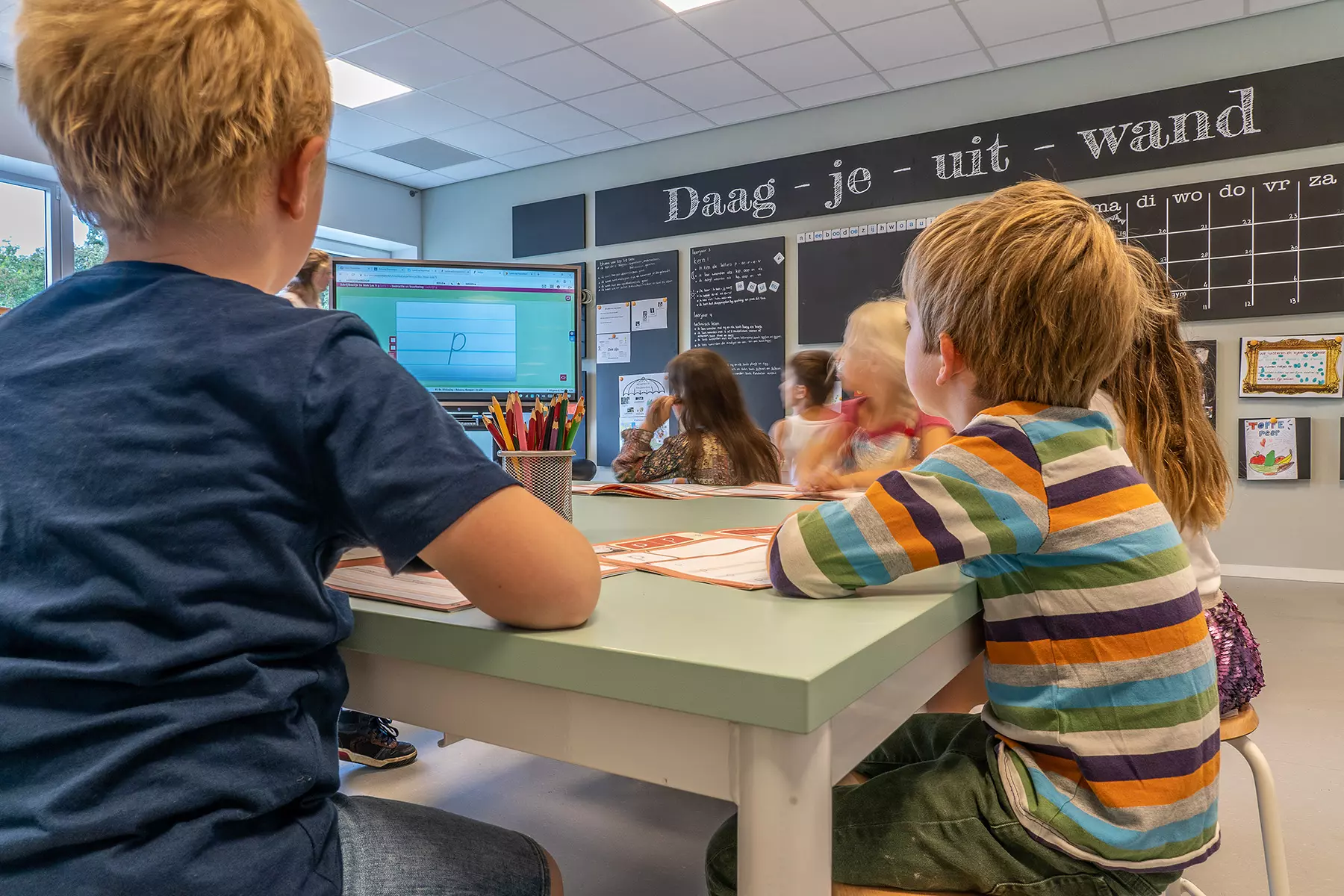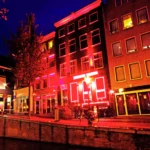Introduction
Have you ever wondered which country is Dutch? The term “Dutch” can be a bit perplexing, as it doesn’t refer to a specific country but rather to the people, language, and culture associated with the Netherlands and other Dutch-speaking regions. Let’s delve into this topic and explore the countries where Dutch is spoken.
The Netherlands
The Netherlands, often referred to simply as Holland, is perhaps the most well-known Dutch-speaking country. Located in Northwestern Europe, it is famous for its picturesque windmills, tulip fields, and vibrant cities like Amsterdam and Rotterdam. With a rich history of exploration, trade, and art, the Netherlands is a cultural hub in Europe.
Geographically, the Netherlands is characterized by its flat landscape, crisscrossed with canals and rivers. It is densely populated, with a diverse population comprising various ethnicities and cultures. Dutch, the official language, is spoken by the majority of the population, alongside regional dialects.
Belgium
Next on our list is Belgium, a country with a complex linguistic landscape. Divided into three regions – Flanders (Dutch-speaking), Wallonia (French-speaking), and the Brussels-Capital Region (bilingual) – Belgium showcases a blend of Dutch and French influences.
Flanders, the Dutch-speaking region in the northern part of Belgium, is home to cities like Antwerp, Ghent, and Bruges. Dutch, known as Flemish in Belgium, is the predominant language in this region, although French is also widely spoken in certain areas.
Suriname
Suriname, a former Dutch colony in South America, is another country where Dutch is spoken. Situated on the northeastern coast of South America, Suriname has a diverse population with roots in Africa, Asia, Europe, and indigenous cultures.
Although Suriname gained independence from the Netherlands in 1975, Dutch remains the official language, reflecting the country’s historical ties to its former colonial ruler. Surinamese Dutch exhibits unique linguistic features influenced by local languages and cultures.
Aruba, Curacao, and Sint Maarten
Moving further afield, the Dutch Caribbean islands of Aruba, Curacao, and Sint Maarten also have Dutch as one of their official languages. These tropical paradises, located in the Caribbean Sea, are known for their stunning beaches, vibrant culture, and diverse heritage.
While Dutch is the administrative language on these islands, it coexists with other languages such as Papiamento, English, and Spanish, reflecting the multicultural nature of the region. Tourism and international trade play significant roles in the economies of these islands.
South Africa
South Africa, despite being located thousands of miles away from the Netherlands, has historical ties to Dutch colonization. The Dutch East India Company established a settlement at the Cape of Good Hope in the 17th century, laying the groundwork for Dutch influence in the region.
Over time, Dutch evolved into Afrikaans, a distinct language spoken by millions of people in South Africa and Namibia. Afrikaans, derived from Dutch but with significant influences from other languages, is one of the official languages of South Africa.
Language Variations
While Dutch serves as the common language across these countries and regions, there are notable variations in vocabulary, pronunciation, and grammar. Regional dialects and local languages contribute to the linguistic diversity within the Dutch-speaking world.
For example, Belgian Dutch differs from the Dutch spoken in the Netherlands, with distinct vocabulary and pronunciation patterns. Similarly, Surinamese Dutch incorporates elements of Creole languages spoken in Suriname, resulting in a unique linguistic blend.
Dutch as a Global Language
Despite being spoken primarily in Dutch-speaking countries, Dutch has a global presence as a language of trade, diplomacy, and culture. The Netherlands, with its strong economy and innovative industries, plays a pivotal role in international commerce.
Moreover, Dutch serves as a second language for many people outside the Dutch-speaking world. Language learners and professionals seeking opportunities in sectors like technology, finance, and academia often acquire proficiency in Dutch to enhance their prospects.
Conclusion
In conclusion, the question “which country is Dutch?” doesn’t have a straightforward answer. Dutch is not confined to a single country but rather spans multiple nations and regions, each with its own unique history, culture, and language variations. From the Netherlands to Suriname, and from Belgium to South Africa, Dutch serves as a bridge connecting diverse communities across the globe.
FAQs:
Is Dutch spoken only in the Netherlands?
No, Dutch is spoken in several countries, including Belgium, Suriname, and parts of the Caribbean.
What is the difference between Dutch and Flemish?
Flemish is a variant of Dutch spoken in Belgium, particularly in the Dutch-speaking region of Flanders.
How many people speak Dutch worldwide?
Approximately 23 million people speak Dutch as their native language, with many more proficient speakers around the world.
Is Dutch difficult to learn for English speakers?
While Dutch shares some similarities with English, it also has unique grammar rules and pronunciation patterns that may pose challenges for learners.
Why is Dutch important as a global language?
Dutch is essential for international trade, diplomacy, and cultural exchange, particularly due to the economic significance of Dutch-speaking countries like the Netherlands and Belgium.



